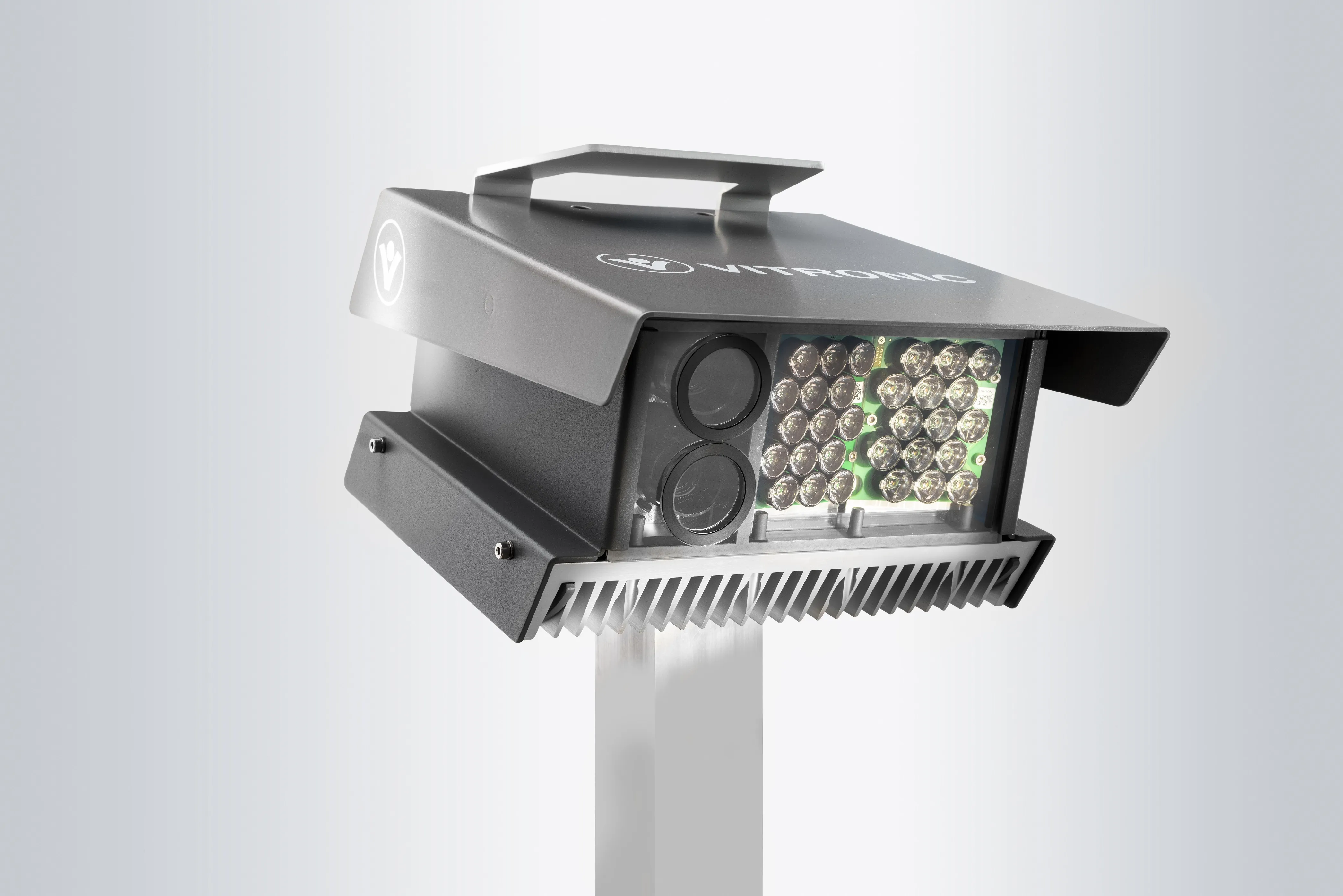Vision Components’ modular Carrida automatic licence plate recognition (ALPR) software enables black list/white list access control, parking management, identification of vehicle types and colours and data logging. It can be networked with gates, barriers, ticket printers, under-vehicle scanners (UVSS) and other relevant equipment.
October 24, 2017
Read time: 1 min
The high-performance, hardware-independent Carrida software engine offers a typical processing time of 30ms and a reading accuracy of greater than 96%, says the company. It can process all common still and video formats, detects all plates displayed in one image and recognises characters with a minimum height of 12 pixels.
A dedicated parking management software tool files all collected data for review and statistical analysis at any time via web GUI. Multiple Carrida cameras with a master-slave configuration enable control of several entrances and exits.










